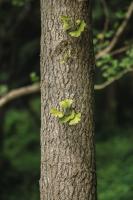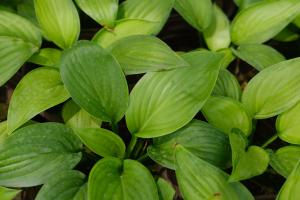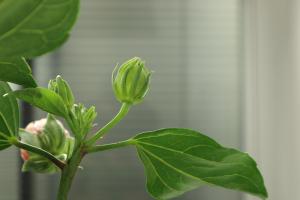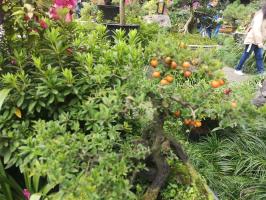1、 Soil
It is best to plant it in loam or sandy loam with fertility, looseness, good drainage and calcareous content. If you want to plant potted plants at home, you should carry out deep planting. Use larger pots and add soil to the roots in batches to make them grow stably
2、 Temperature
It likes warm climate environment, the optimum temperature is 15-25 ℃, and the optimum temperature for seed germination is 18-20 ℃. Do not give it extreme temperature, otherwise it will easily lead to wilting, leaf curl and other problems
3、 Watering
Don't water too much. Watering too often will cause tender stems, so let the soil dry. You can often spray water on the leaf surface. Watering is best to moisten the hole at the bottom of the basin upward, not to pour down on the head, and to avoid ponding.
4、 Illumination
Phyllostachys pubescens is afraid of strong sunlight. If you don't pay attention to prevention, it is easy to cause leaf curling elbow and turn into abnormal shape. Don't put it at home where it can be directly irradiated by the noon sun. You can breed in the semi shade
5、 Precautions
1. Fertilization: the stem of Dianthus pubescens is relatively tender. If more nitrogen fertilizer is applied, it is easy not to blossom. Apply more phosphorus and potassium fertilizer, such as the fertilizer made by retting chicken and duck manure.
2. Fall prevention: avoid being blown by strong wind and don't be exposed to heavy rain outdoors, otherwise the president will be bad and there may be problems such as dumping. You can insert a column into the basin and wrap it with thin lines to fix the posture

 jackfruit
jackfruit snake plant
snake plant hibiscus
hibiscus hydrangea
hydrangea lavender
lavender Green roses climb al...
Green roses climb al... If you don't pay att...
If you don't pay att... Management of four g...
Management of four g...



































